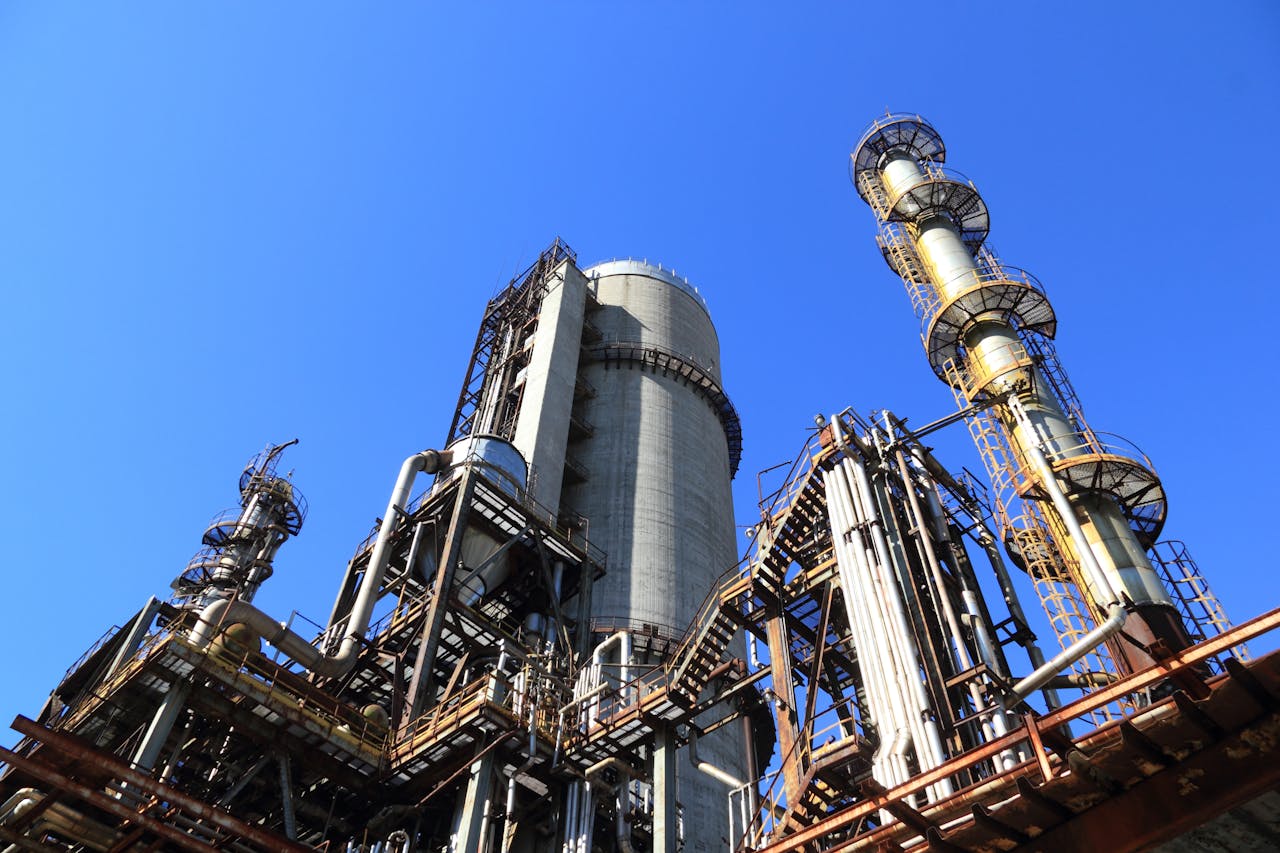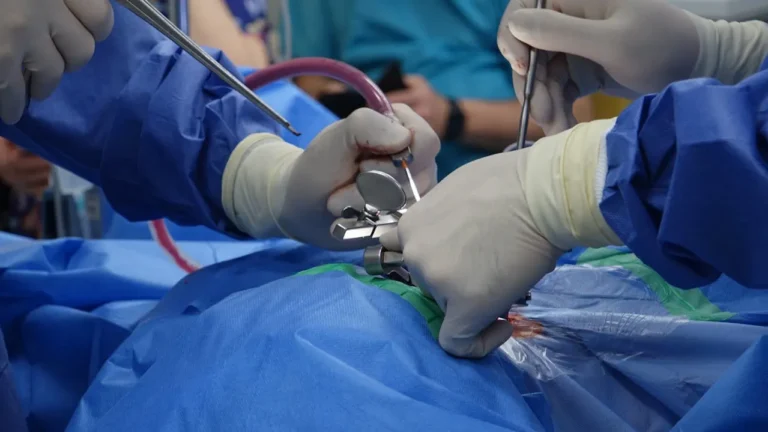
BASF Reaches Major Construction Milestone with Mechanical Completion of Acrylics Complex at Zhanjiang Verbund Site
BASF has successfully reached a pivotal milestone in the development of its world-class Zhanjiang Verbund site in China, announcing the mechanical completion of the first group of plants in its state-of-the-art acrylics complex. This includes the glacial acrylic acid (GAA) and butyl acrylate (BA) production units. This significant progress moves the project closer to its full operational launch, which is targeted for 2025, and underlines BASF’s continued commitment to expanding its footprint and competitiveness in the Asia-Pacific chemical industry, particularly in the growing acrylics sector.
The mechanical completion of the new acrylics facilities marks a crucial stage in the project’s development, reflecting the dedication and precision of the BASF project and operations teams. As the company transitions from construction to commissioning and start-up, this achievement signals that the complex is on track to become a major hub for acrylics production in the region. The facilities will serve key markets throughout China and Asia, offering customers high-quality products with increased reliability and reduced lead times.
Strategic Expansion in the Asia-Pacific Region
BASF’s investment in the Zhanjiang Verbund site reflects the company’s long-term strategic focus on the Asia-Pacific region. With China accounting for over 40% of global chemical production and demand, the site is poised to become a key production center for BASF in Asia, supporting growing industrial demand and ensuring regional supply security.
“The acrylics business has long been one of the pillars of BASF’s Petrochemicals division. The successful mechanical completion of our new acrylics complex in Zhanjiang marks an important milestone in the site’s development and reinforces our commitment to the region,” said Bir Darbar Mehta, Senior Vice President of Petrochemicals Asia Pacific at BASF. “These world-scale production facilities will significantly expand our manufacturing capabilities across the acrylics value chain, allowing us to better serve customers in China and neighboring markets with a reliable supply of high-quality, cost-competitive products.”
The newly constructed plants will provide key raw materials used across a wide array of industries. Glacial acrylic acid, for example, is a vital feedstock in the production of superabsorbent polymers—critical components in hygiene products such as diapers, adult incontinence products, and feminine hygiene items. Meanwhile, butyl acrylate is a key ingredient used in the formulation of adhesives, sealants, architectural paints, and a variety of industrial coatings. The Zhanjiang complex is designed to produce around 400,000 metric tons of butyl acrylate annually once operational, addressing the rapidly increasing demand for these materials throughout the Asia-Pacific region.
Construction Excellence and Commitment to Safety
The mechanical completion milestone follows an impressive construction period that began with ground-breaking in 2023. Over this time, BASF has implemented robust project management practices, emphasizing stringent safety and quality standards. Despite the complex technical nature of the facilities and the challenges inherent to large-scale industrial construction, the company has achieved outstanding progress while maintaining its unwavering focus on safety, environmental performance, and engineering excellence.
“Since breaking ground in 2023, our team has been fully committed to ensuring that the highest safety and quality benchmarks are met throughout the construction process,” said Han Liang, Vice President of Industrial Petrochemicals Operations for Petrochemicals Asia Pacific at BASF. “With the successful mechanical completion of these key plants, we are now entering the commissioning and start-up phase. This is a critical step that prepares us for operations in 2025, and we are confident that this facility will deliver exceptional value to our customers across the region.”
The Zhanjiang Verbund site is BASF’s largest investment project in China to date, with a planned investment of up to €10 billion by 2030. Designed to operate under BASF’s proprietary integrated production model—or “Verbund”—the site aims to maximize resource and energy efficiency by interlinking production units and enabling the reuse of by-products. This integrated approach not only reduces waste and emissions but also improves overall process efficiency, making it a model of sustainable industrial development.
Meeting the Demands of a Growing Market
The acrylics market in Asia has experienced significant growth over the past decade, driven by increasing consumer demand, infrastructure development, and industrial expansion. Applications for acrylic acid and its derivatives span a broad range of sectors, including personal care, construction, automotive, textiles, and packaging. With demand in China alone forecasted to continue growing steadily, the Zhanjiang complex is expected to play a central role in helping BASF maintain its leadership position in the region.
The new production capabilities will also enable BASF to respond more swiftly and flexibly to market fluctuations. By locating production close to key markets and customers, the company can provide tailored solutions with improved responsiveness and reliability. Shorter supply chains will enhance agility and reduce logistics-related emissions, aligning with both customer needs and BASF’s broader sustainability goals.
Innovation, Sustainability, and Growth
In addition to its scale and strategic value, the Zhanjiang Verbund site represents a step forward in BASF’s efforts to reduce its carbon footprint and increase the sustainability of its operations. The site is being developed with cutting-edge digital and automation technologies, including advanced process control systems, predictive maintenance, and digital twin models to optimize operations and performance. Moreover, the site is designed to use renewable energy sources to power its operations, further aligning with BASF’s global climate goals.
BASF has committed to achieving net-zero CO₂ emissions by 2050 and reducing its emissions by 25% by 2030 compared with 2018 levels. The Zhanjiang site will play a key role in reaching these targets by embodying the latest in sustainable manufacturing practices. This includes integrating waste heat recovery, optimizing water use, and designing processes that minimize environmental impact.







